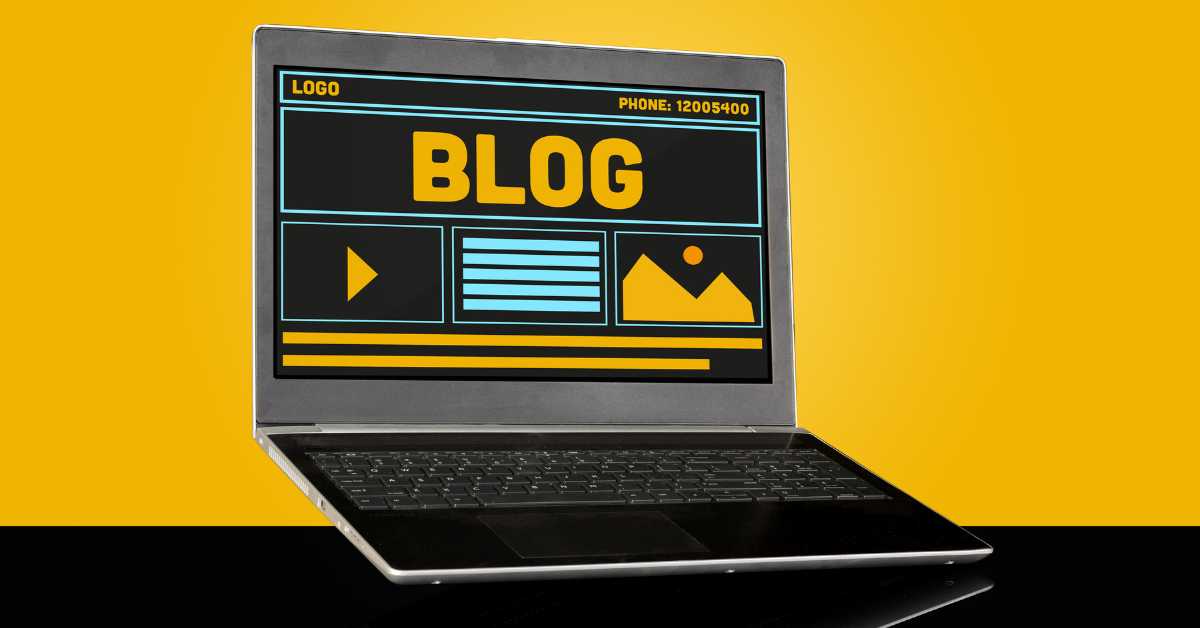In the competitive world of fashion eCommerce, visibility on search engines can make or break your business. Effective SEO (Search Engine Optimization) strategies are essential for driving traffic to your online store and converting visitors into loyal customers. This blog will explore key SEO strategies that can help elevate your fashion eCommerce site, boost sales, and establish your brand as a leader in the industry.
1. Keyword Research for Fashion Ecommerce
Keyword research is the cornerstone of any successful SEO strategy. It involves identifying the search terms your potential customers are using to find fashion products online. Begin by targeting both broad and long-tail keywords. Broad keywords like “women’s fashion” attract a general audience, while long-tail keywords such as “summer dresses for weddings” cater to more specific searches. Utilize tools like Google Keyword Planner, Ahrefs, or SEMrush to discover relevant keywords with high search volume and low competition.
Additionally, consider incorporating seasonal keywords that reflect current fashion trends or upcoming holidays. For instance, “fall fashion 2024” or “Christmas party outfits” can attract timely traffic to your site.
2. Optimizing Product Pages
Product pages are the lifeblood of your eCommerce store, and optimizing them for SEO is crucial. Start by crafting unique, descriptive product titles and meta descriptions that include relevant keywords. Avoid using generic titles like “Red Dress” and instead opt for something more specific like “Elegant Red Cocktail Dress for Evening Events.”
Ensure your product descriptions are informative, engaging, and keyword-rich. Highlight the unique selling points of your products, such as materials, fit, and style. Incorporating high-quality images with descriptive alt text can also improve your site’s SEO, as search engines can index these descriptions.
Another important aspect is internal linking. Link related products or categories within your product descriptions to encourage visitors to explore more of your offerings and keep them on your site longer.
3. Mobile Optimization
With a significant portion of eCommerce traffic coming from mobile devices, optimizing your site for mobile users is non-negotiable. Google’s mobile-first indexing means that the mobile version of your site is prioritized in search rankings. Therefore, ensure your website is responsive, loads quickly, and offers a seamless user experience on all devices.
Compress images, minimize redirects, and leverage browser caching to enhance your site’s loading speed. Also, consider implementing Accelerated Mobile Pages (AMP) to improve mobile performance further.
4. Building High-Quality Backlinks
Backlinks, or inbound links from reputable sites, are a powerful factor in boosting your site’s authority and search engine rankings. For fashion eCommerce, consider reaching out to fashion bloggers, influencers, and online magazines for collaborations or guest posts that link back to your site.
Engaging in social media marketing can also lead to organic backlinks. Shareable content such as style guides, fashion tips, or trend reports can encourage other sites to link to your resources.
5. Leveraging User-Generated Content
User-generated content (UGC) such as customer reviews, testimonials, and social media mentions can significantly enhance your SEO efforts. Encourage customers to leave reviews on your product pages and interact with your brand on social media platforms. Not only does UGC build trust with potential buyers, but it also adds fresh, relevant content to your site, which search engines favor encourage your customers to share their purchases on social media and tag your brand. This not only creates social proof but also generates authentic, shareable content that can be repurposed across your marketing channels. You can feature these posts on your product pages or create a dedicated section on your site showcasing customer photos and testimonials. This approach not only enhances engagement but also helps in boosting your search rankings, as fresh content is regularly added to your site.
6. Utilizing Structured Data Markup
Structured data markup, or schema markup, is a powerful tool that helps search engines understand the content on your pages more effectively. For fashion eCommerce, implementing schema markup can enhance your search engine listings by displaying rich snippets such as product prices, reviews, availability, and even product images directly in the search results. This increases the visibility of your listings and can lead to higher click-through rates.
Using structured data also improves the chances of your site appearing in Google’s rich results, such as the carousel of product images or a featured snippet. Implementing schema for product pages, reviews, and FAQs is particularly beneficial in the fashion industry, where visual appeal and customer feedback play a critical role in purchasing decisions.
7. Creating Engaging and Shareable Content
Content marketing is an essential aspect of any eCommerce SEO strategy. For fashion brands, creating engaging content such as blog posts, lookbooks, style guides, and video tutorials can help drive organic traffic and build brand authority. Content that addresses your audience’s pain points or interests, such as “How to Style a Maxi Dress for Different Occasions” or “Top Fashion Trends for Summer 2024,” is more likely to be shared and linked to by other websites.
Moreover, incorporating relevant keywords into your content helps in improving its SEO value. Ensure that your blog posts and articles are optimized with keywords, meta descriptions, and internal links to other relevant content on your site. This not only helps in attracting organic traffic but also encourages visitors to explore more of your site, thereby increasing the chances of conversions.
8. Optimizing for Local SEO
If your fashion eCommerce business has a physical store or targets specific geographical regions, optimizing for local SEO can drive foot traffic and improve online visibility in local search results. Claim and optimize your Google My Business listing by including accurate business information, hours of operation, and high-quality images of your store and products.
Encourage satisfied customers to leave positive reviews on your Google My Business page, as these reviews contribute to your local SEO rankings. Additionally, include location-specific keywords in your content and product descriptions to capture local search queries, such as “best fashion boutique in [City]” or “designer clothing in [Neighborhood].”
9. Monitoring and Analyzing Performance
Lastly, to ensure the success of your SEO efforts, it’s essential to regularly monitor and analyze your website’s performance. Use tools like Google Analytics, Google Search Console, and other SEO software to track key metrics such as organic traffic, bounce rates, conversion rates, and keyword rankings. Analyzing this data will help you identify what’s working and where there’s room for improvement.
Regularly audit your site to fix any technical SEO issues, such as broken links, slow-loading pages, or duplicate content. Staying on top of these factors ensures that your site remains optimized and continues to perform well in search rankings.
Implementing these SEO strategies can significantly boost your fashion eCommerce sales by driving more targeted traffic to your site and improving the overall user experience. From optimizing product pages and leveraging user-generated content to utilizing structured data and local SEO, each tactic plays a crucial role in enhancing your online presence and converting visitors into customers. By staying consistent with your SEO efforts and regularly analyzing your performance, you can maintain a competitive edge in the ever-evolving fashion industry.



